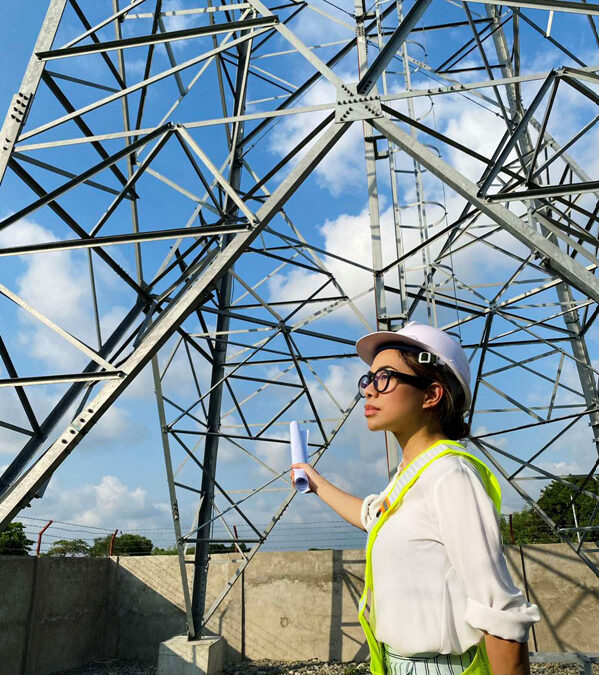The Department of Information and Communications Technology (DICT) issued guidelines for the construction of Independent Common Towers in June 2020 in a bid to improve telco services nationwide, and many have heeded the call to build.
Common Towers serve as carrier-neutral relay stations that telecommunications companies can share to reach more areas with more consistent signals. These towers are not built and owned by the telcos but by independent companies. Rather like a tollway, telcos will pay the Common Tower Providers a fee in order to utilize the towers.
One of these providers is the LCS Group, which has just built their 30th Common Tower, the latest of which is in Alicia, Isabella (pictured) among hundreds more currently being constructed throughout the country.
“We fully support the DICT’s directive in allowing independent providers to construct towers that will create opportunities for all 3 telcos to expand their service to more areas, ultimately improving Last Mile services through collaboration with our carrier-neutral Towers,” said LCS Group Vice Chairman Architect Richelle Singson-Michael. “What is known as the ‘sharing economy’ has disrupted tech markets, and the same principles can be applied in the telco industry saving them from having to invest and operate the towers
themselves”.
LCS’ CEO (ICT) Aaron H Tan added “With our shared infrastructure, we have effectively shortened the network roll out and expansion periods of all the current and future service providers, hence expediting their go-to-the-market strategies.”.
According to reports from the DICT, the two major telcos, PLDT and Globe, operate a combined total of over 16,000 cell sites nationwide. New telco player DITO Telecommunity is poised to complete 3,200 sites by July 2021 with 1,920 towers already built as of April 30.
Currently, the Philippines is trailing behind neighbors Vietnam and Indonesia in terms of tower construction, each of whom have around 70,000 to 90,000 towers respectively. Catching up to them would mean not only faster internet connectivity, but better services, safer transactions, and clearer communication for the millions of Filipinos who are still working from home due to the global pandemic.
Architect Richelle also sees the Common Towers as economic invigorators, because the development and construction of these is very labor-intensive, and providers like LCS are mindful of the communities where the towers are located. “We always make it a point to prioritize hiring local experts and labor,” she went on, “Because our job is not done if only the telcos and the Last Mile are happy; we at LCS bring it upon ourselves to add value to every single community our towers are located in.”
The LCS Group is gearing up to complete its 100th tower by the end of May 2021 and to build over 5,000 towers in the next four years.
Liked this post? Follow SwirlingOverCoffee on Facebook, YouTube, and Instagram.


